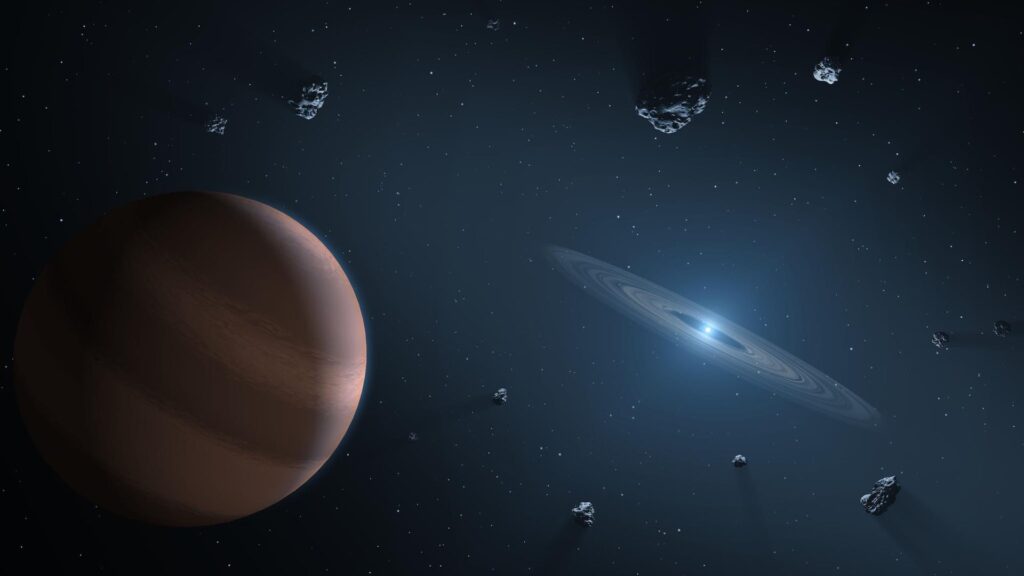
New research suggests that the planets orbiting white dwarf stars, once thought to be inhospitable due to excessive heat, might actually sustain life thanks to Albert Einstein’s theory of general relativity. This revelation could significantly alter our understanding of what makes a planet habitable.
White dwarfs are the dense remnants of stars like our Sun, scattered throughout the universe, with the Milky Way alone hosting hundreds of millions. These stars can remain warm for billions of years, making them intriguing targets in the search for extraterrestrial life. However, previous studies indicated that planets orbiting these stars would likely become uninhabitable due to extreme heating caused by gravitational interactions.
White Dwarfs and the Habitable Zone
The habitable zone around a white dwarf is much closer than that of a star like the Sun, ranging from a tenth to a hundredth of the Earth-Sun distance. While this proximity allows for potential warmth, it also poses a risk. If a neighboring planet exerts gravitational influence, it can pull a planet into an elliptical orbit, leading to tidal heating that could render it uninhabitable.
Previous models based on Newtonian gravity suggested that even minor deviations from a circular orbit could doom a planet. However, these models did not account for the complexities introduced by Einstein’s general relativity, which describes gravity as the curvature of spacetime.
Einstein’s Theory to the Rescue
In a recent study published on September 30 in the arXiv preprint database, researchers revisited the dynamics of planets orbiting white dwarfs using general relativity. This approach revealed that the precession of a planet’s orbit, a phenomenon well-documented in Mercury’s orbit around the Sun, can protect it from developing a dangerously elliptical path.
“The precession of the inner planet’s orbit ‘protects’ it from being pulled into more elliptical paths, preventing runaway tidal heating,” the researchers explained.
This insight opens up a wider window of habitability than previously thought, suggesting that many planets previously deemed inhospitable could, in fact, support life.
Implications for the Search for Life
The findings have profound implications for the search for extraterrestrial life. If planets around white dwarfs are more stable than previously believed, they could be prime candidates for future exploration. This could also mean that alien civilizations, if they exist, might owe their survival to the same principles of physics that we have discovered here on Earth.
While some scenarios still lead to unavoidable tidal heating, such as when a companion planet is too large or too close, a wide variety of planetary configurations remain stable. This suggests that the potential for life in these systems is greater than once assumed.
Looking Forward
The research has yet to undergo peer review, but it already challenges previous assumptions and encourages a reevaluation of the criteria used to assess planetary habitability. As astronomers continue to refine their models and observations, the role of general relativity in shaping the cosmos will likely become an increasingly important factor in our understanding of where life might exist beyond Earth.
Ultimately, this study not only highlights the enduring relevance of Einstein’s work but also expands the horizons of astrobiology. As we continue to explore the universe, the possibility of finding life in unexpected places becomes ever more tantalizing.




